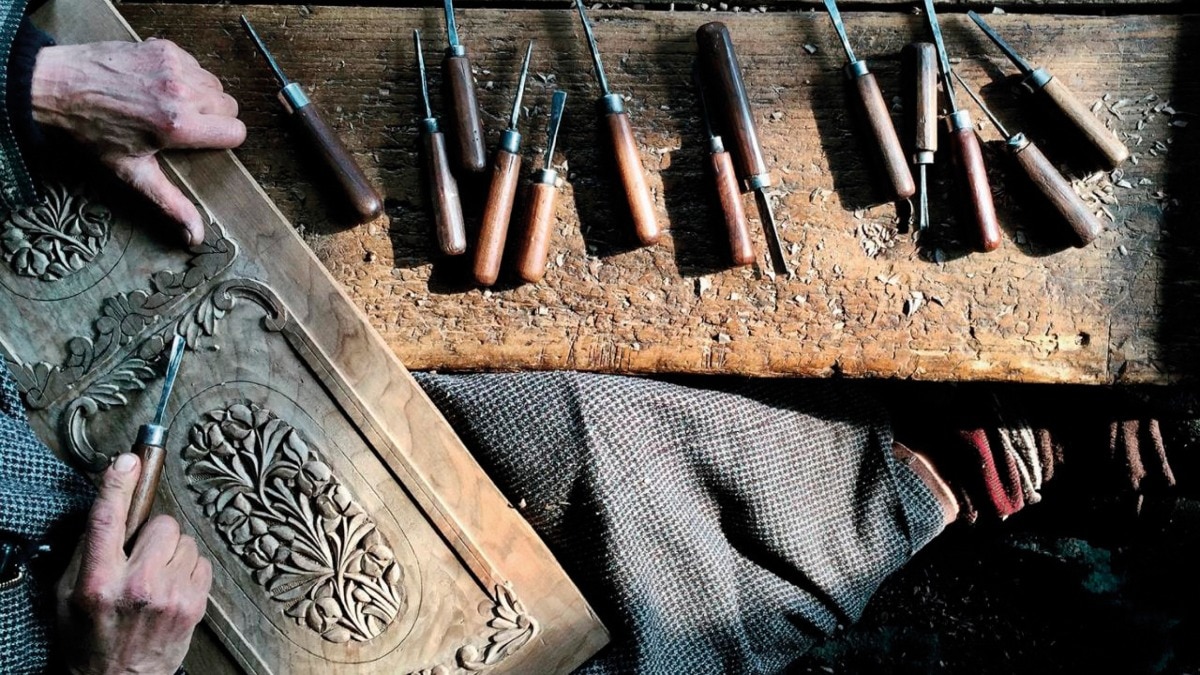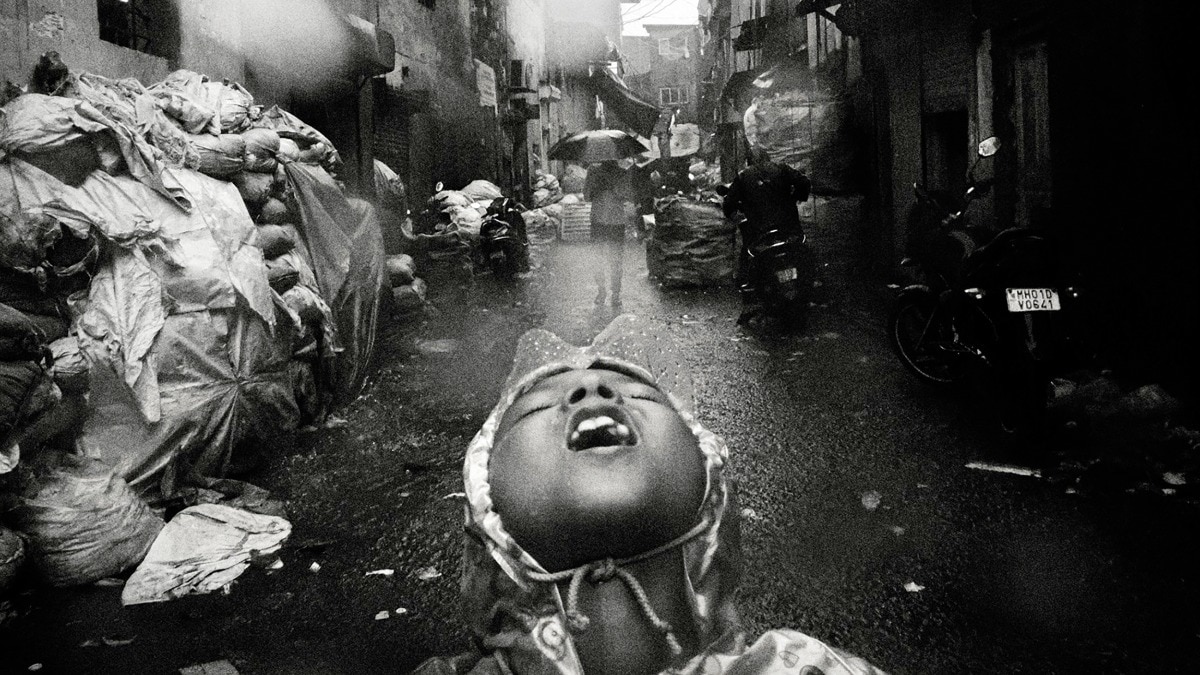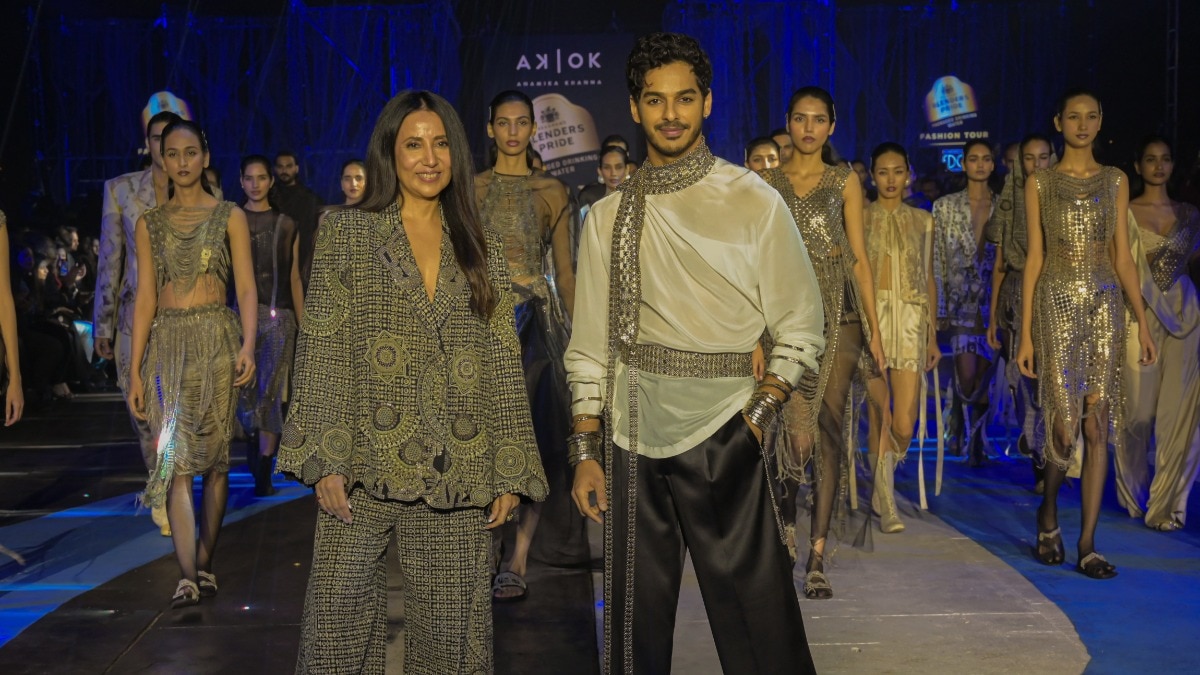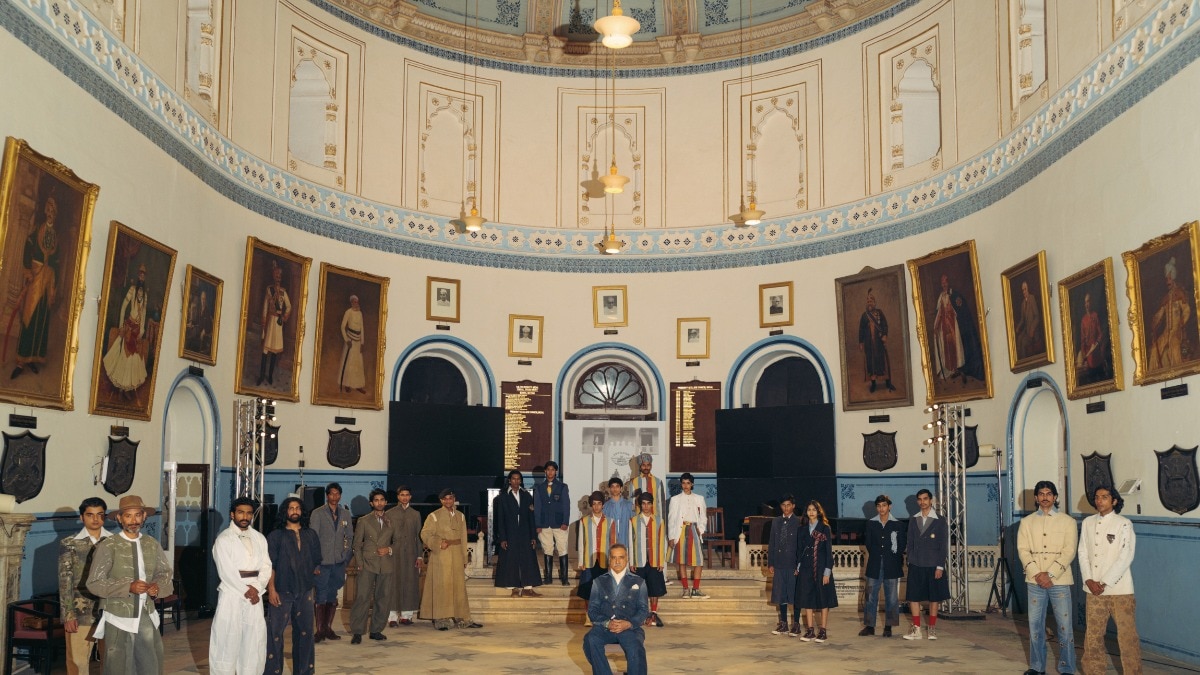7 lesser-known Indian museums that should be on your radar
This International Museum Day, discover stories of partition, explore unique regional utensils, and more.


If time travel was real, museums would definitely be the portals that would transport us to a different realm. With their ancient artefacts and elaborate exhibits, they provide insight into the history of humankind, bring communities together, and help educate the future generations about the past.
On the occasion of International Museum Day, we at Bazaar India have rounded up the unique museums across the country that shine a light on everything from colonial art, Indian cinema, to the regional crafts and cultures of tribal communities.
National Museum of Indian Cinema, Mumbai
Located on Mumbai’s bustling Peddar Road, amid the ornate halls of Gulshan Mahal (housed in a 19th century Victorian-style bungalow) National Museum of Indian Cinema is the first-of-its-kind in India. In a country obsessed with films alongwith a rich history visual medium, it would be only natural to have an entire museum dedicated to the craft. It traces the history and development of Indian cinema through unique artefacts, some as old as the 19th century.
Museum of Christian Art Goa, Velha
The Museum of Christian Art (MoCA) is set inside a 17th-century Convent of Santa Monica, a heritage building in Old Goa and is home to artefacts that are known for their antiquity and distinct Indo-Portuguese influence. They give a glimpse into the marriage of two significant cultures, Indian and European. The almost 200-item collection from the 16th to the 20th century has been organised by type—sculpture, metalwork, embroidered textiles, painting, furniture, and books.
Museum of Art and Photography, Bengaluru
One of the newer museums on this list, Museum of Art and Photography (MAP) is spread across spacious five-storeys and in addition to the art galleries, it also houses an auditorium, an art and research library, an education centre, a specialised research and conservation facility, and more. You’ll find an extensive collection of South Asian art—the museum is custodian to over 18,000 art and photography pieces that date as far as back to the 10th century.
The Partition Museum, Amritsar
1947, the time when British India was divided into two separate countries, was overwrought with strife for people on both sides of the border. The Partition Museum at Amritsar is a one-of-a-kind collective of unforgettable memories set up to not let the stories related to the event, and the post-partition riots that followed, to be lost to time. Through its public-built collection that saw contributions by partition-affected families, it aims to bring together the materials and documents from that period under one roof. A second Partition Museum is also set to open in Delhi this month.
Vechaar Utensils Museum, Ahmedabad
Did you ever think that there would be an entire museum dedicated to utensils? Turns out, Ahmedabad is home to one. The Vechaar museum, situated inside the rustic Vishalla restaurant in the city, was founded in 1981 by anthropologist Jyontindra Jain. It is the only museum of its kind in the world, showcasing a vast collection of over 4,500 utensils, both ancient and contemporary from across the country.
Odisha Crafts Museum—Kala Bhoomi, Bhubaneswar
Located in the state’s capital and built using laterite stone that features prominently in the region’s architecture, Kala Bhoomi is a celebration of the state’s rich craft and culture. It is set in a sprawling area that is divided into two blocks—the display area and the live section. Stroll through the display area that spotlights handlooms and handicrafts, and then try your hand at the crafts at the live section that is home to workshop zones and an open air theatre.
Bihar Museum, Patna
Not to be confused with the much older Patna Museum, Bihar Museum was established recently in 2015, as an extension of the existing museum. Focusing on human history, the artefacts on display range from ancient tribal crafts, regional art, and more. The museum is home to several galleries, including the contemporary gallery, the Bihari Diaspora gallery, and more. The Children’s gallery in the museum is especially noteworthy, as it is designed to be interactive, so that kids can actively participate with the exhibits.
Lead image: Bihar Museum










